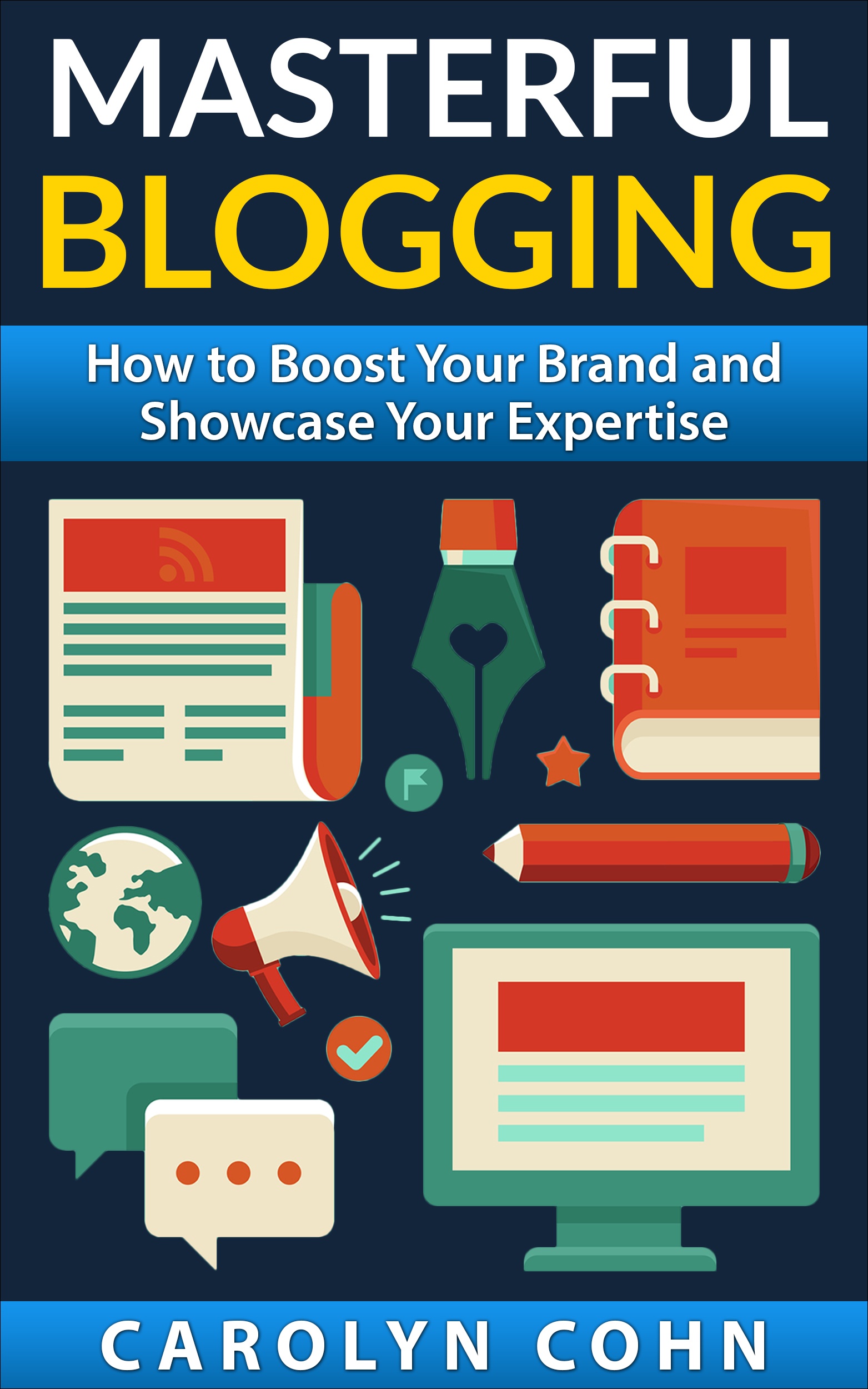Twitter Following Limit, the Twitter Branch Ceiling

When you are new to Twitter, much of the fun is figuring it all out, finding cool people to follow, and joining interesting tribes. Whether you started by following friends or used some tools to find interesting people, there is often a whirlwind of activity when getting your account off the ground.
If, like many of us, you really liked Twitter, you probably found the number of people you followed, growing daily. While you may have been keeping an eye on how many followed you back, it probably wasn’t that important to you, especially when you were first getting started.
What to do when Twitter will not let you follow more than 2000 people
Then, one day, you see someone you want to follow, you click on the little icon under their image, and get that dreaded message that you are not able to add any more followers at this time. A quick look at the statistics in your sidebar will probably tell you why – you are following 2000 people; you have hit the twitter following limit – “twitter branch ceiling.”
This would not have been an issue if you were also being followed by at least 2000 people. This is only a problem when you want to follow more than 2000 but are being followed by significantly fewer.
When I first hit the “twitter branch ceiling,” I just un-followed a few people whom I really didn’t need to hear from. While I am careful to only follow those who tweet information of value, I do notice that sometimes after following for a while, some of them just recycle a few key posts. They were the first to go and that freed up a few slots, which I quickly filled with new people to follow. At which time I bumped up against the twitter following limit “ceiling” again.
After a few more rounds of minor un-follow efforts, I was still getting the message almost daily. It was frustrating and I didn’t know what to do!
First, I read the official Twitter posts about this issue. They were no no-sense posts explaining that they were trying to preserve the Twitter experience by making sure that people were not too aggressively following and to be honest, I knew they had a point. If you are just spamming, people won’t follow you – this did kind of weed out the bad apples. But there were plenty of people out there with zillions of followers, and many of them were even spammers – I knew this limit could be passed. I really liked this new tool and was determined to figure this out and to ‘break through.’
Now, at this point, I am sure that there are those of you out there that are thinking, “why does anyone need to follow more than 2000 people?” And that is true. Depending on your goals and how you are using Twitter, you may never even hit this limit. Or you may hit it and think, “OK, I will just nurture the tribe I have.”
I use Twitter to network with people and to gather information. I use it to meet potential partners and clients and to fill my online webinars. I also follow and correspond with a large variety of Twitter users for the express purpose of watching how different people use their accounts and for case studies – both positive and negative – that I use when teaching. For me, the more connections I can make, the better. There were clearly more people on Twitter whom I was interested in following and many more who might be interested in my posts and services so I embarked on a mission to grow my tribe.
The Twitter guidelines clearly state that they want you to have a good ratio between those you follow and your followers but were vague about the exact numbers. Seasoned Twitter users spoke about @replies and mentions. Articles I read gave obscure ratios based on the year you joined and others had no clue. A few mentioned 10% as the goal – following no more than 10% of the number that were following you. That seemed like a reasonable goal and I set it as my own.
When I hit 2000, I had about 1600 people following me. My first task was to get my account into a better balance by UN-following a large number of people. I had been un-following anyone in my tweet stream who posted anything even marginally SPAMMY but I had quickly refilled those spots.
Next, using Friend or Follow (friendorfollow.com), I was able to see who I was following who was not following me back – key information I needed as I tried to get my account back in balance.
Going through the list that they compiled for me, I was quickly able to un-follow over 50 people who hadn’t posted in months. Then there were the obvious spammers and the accounts that now, upon closer scrutiny, were no longer of value – especially since they were throwing off my balance!
Then came the hard part. Accounts like Bill Gates and Inc5000, Guy Kawasaki, and Mashable were on the list of people who were not following me back. These were people and accounts I truly respected and wanted to continue to follow. Many of them only followed a minuscule number of people even though they had hundreds of thousands of followers so it was unlikely that my pithy and educational posts were going to convert them to followers any time soon. (Needless to say, they had probably sailed right through the “Twitter branch ceiling”) For that group, I created a Twitter “list” called “Didn’t follow back” and moved all of them there. This way, I could still quickly see them when I wanted to but they no longer used up a valuable “follow” slot.
And the rest, I went through and relentlessly un-followed. In the end, I got my following list back down to about 1500. It was a major purge that was certainly valuable.
Over the next few months, I built up my following, always being careful to not get too far ahead of my number of followers. By the time I went to follow my 2001st account, I had well over 1800 followers and no problem!
Conclusion
So, the lessons of this mini case study are:
- Be careful as you decide if someone is “follow-worthy”
- Be cognizant of your follower/followee ratio
- Don’t be afraid to un-follow someone who is not contributing value to your tweet stream
- If you really want to “follow” someone but can’t afford the slot, consider creating a “list” for those people so you can still check back for their words of wisdom!
We are pleased to provide you with the insightful comments contained herein. For a complimentary assessment of your online presence, let’s have coffee.



Via LinkedIn Groups
Group: Online Marketing Network
Discussion: What is Your Call-to-Action Strategy?
Thanks for the information. This was a timely article for me as I am beginning to build my following. I have heard that you do want to be careful with the amount of people you follow. So this lines up with that statement.
Thanks for the tool …friendorfollow.com this will be useful.
By Donna Rios
Good luck Donna – let me know if you need some suggestions for people to follow!
Via LinkedIn Groups
Group: Web Editors
Discussion: What is Your Twitter Following/Followers Strategy?
Interesting. I never hit this ceiling as I tend to be 1:1. I passed 2,000 followers I don’t know how long ago, with no messages about a limit. But if I had it to do all over again, I would better organize everyone, putting them into at least one group so I can “see” everyone when I want to “hear” on a particular topic. I’ve been grouping folk ever since the lists came out, but I wish I had the energy to go through ALL my people and put them into groups.
I don’t use my Twitter account strictly for work, however. I love Twitter over all social media platforms and it, like my life, is a compilation of all things that matter to me – job, my business, IRL friends, God, my favorite TV shows, etc. I am mindful of that, though. I know potential employers and the like may check to get an impression of me, so I tweet like I’m talking to my mother. If something ever ceases to matter to me, I will probably stop following those associated with it and get my count down. I do try to occasionally clean things up a bit by checking out who hasn’t tweeted in at least one year – I look for 53 weeks, not 52 – or who hasn’t tweeted at all, then generally seeing who I followed but didn’t follow back to see if I care about that at all. I admit, I like seeing my following number lower than my follower. I try to keep it that way. So maybe I’m a TAD caught up in appearances. 😀
By Monica Dennis
You sound like you have a great plan!
I always tell people to start lists as soon as possible because it IS so hard o go backwards.
I try to list people as I follow and hashtags can help too – especially if you are following TV shows – to clear up the clutter and pull up just the people you want to talk to at that moment.
Via LinkedIn Groups
Group: Web Editors
Discussion: What is Your Twitter Following/Followers Strategy?
I use separate Twitter accounts for different purposes. A helpful tool is JustUnfollow.
By Cheryl Danehart
I usually recommend a single Twitter account for both personal and professional unless they are at odds but let us know how that works for you – is it twice as much work or not too hard?
I have not used JustUnfollow – do you like it?
Via LinkedIn Groups
Group: Web Editors
Discussion: What is Your Twitter Following/Followers Strategy?
I use JustUnfollow as well. The only thing is, from what I have experienced, you can only unfollow 50 a day and their whitelist (the people you want to follow and you don’t care if they follow you back) is set to some crazy low number that requires you to pay if you want more room on that list. Not going to do that.
By Monica Dennis
I agree, I would not want to pay for a plan just for that but will check out this tool.
Another thing to check with these tools is to see if the Terms of Service include allowing them to follow people on your behalf – I do NOT like that and try to avoid it.
If you ever find yourself ‘following’ someone you KNOW you didn’t consciously choose to follow, it may be because you allowed this by signing up for one of these free tools.
Via LinkedIn Groups
Group: Music Business Professionals
Discussion: What is Your Twitter Following/Followers Strategy?
Producing value for people who might be interesting in my services and pushing it there with massive action.
By Olexandr Ignatov
Via LinkedIn Groups
Group: Web Editors
Discussion: What is Your Twitter Following/Followers Strategy?
In regards to the follower/following strategy, I follow important people/news organizations/companies that provide useful information. When I get the information I need, say, details on the latest breaking news making the headlines, they help me keep my work’s website and its social media pages up-to-date. Yet, when the story is losing momentum or there is no more “important” information being tweeted, I unfollow certain accounts and continue my day.
So, I would advise you to take away all that clutter and downsize your followings to the people/organizations that are really useful or entertaining. I know sometimes it’s hard to decipher between what you need and what you want, though.
On another note, I’m all about increasing the number of followers! 🙂
By Stephanie Berryer Jean-Louis
Great suggestions Stephanie – thanks! I agree about unfollowing useless accounts – and that it is sometimes hard to decipher this! I suggest checking your stream regularly and if you find anything spammy or unnecessary, to unfollow and then to periodically do searches on hashtags and keywords to identify people who ARE sharing content of value.
Via LinkedIn Groups
Group: Web Editors
Discussion: What is Your Twitter Following/Followers Strategy?
Before I follow I examine their TL and look for folks that don’t just re-tweet but ad interesting unique tweets themselves.
By Jonathan Shubow
Yes Jonathan, that is a good practice – you want to be sure that people are adding value, not just adding to the noise or echoing what you hear elsewhere. Thank you!